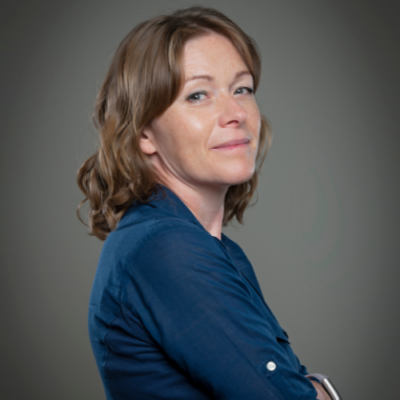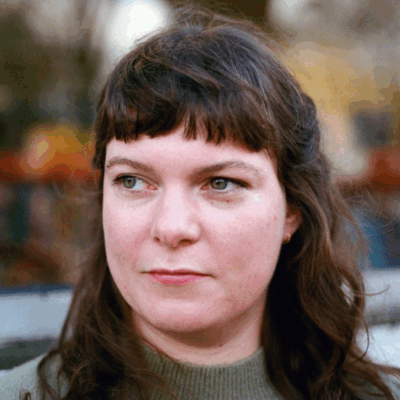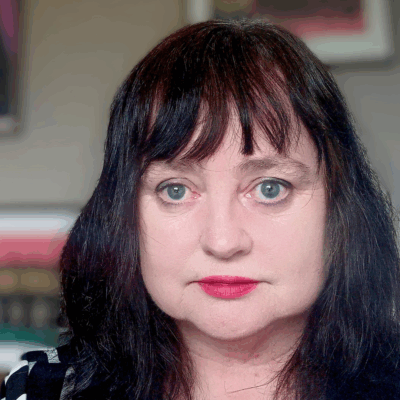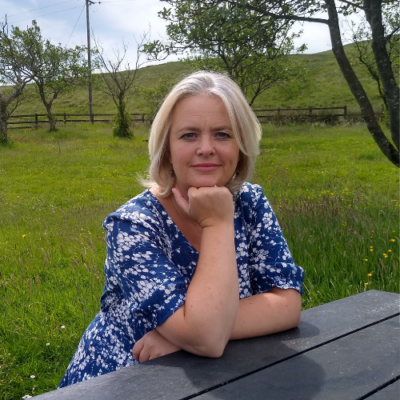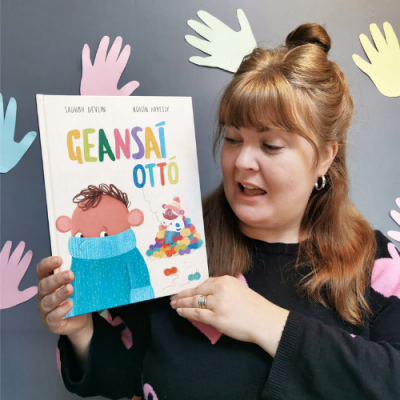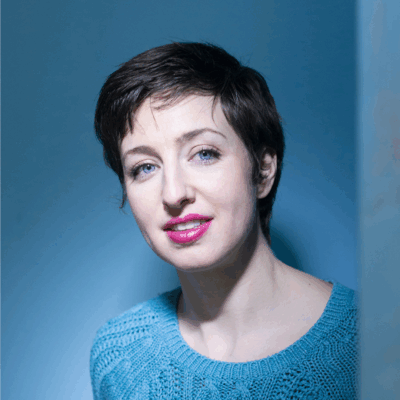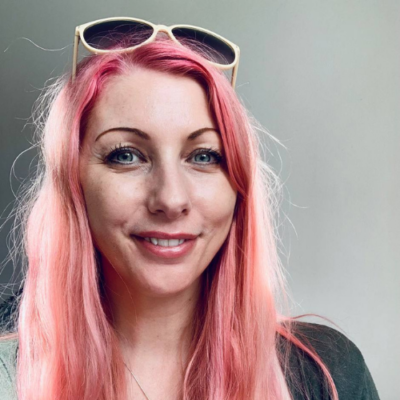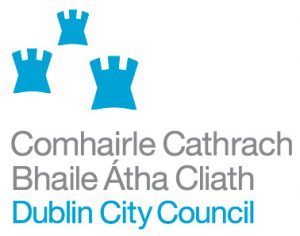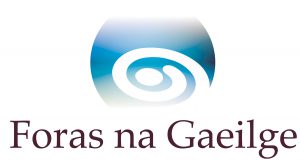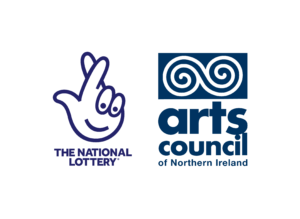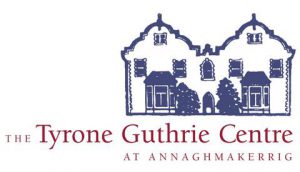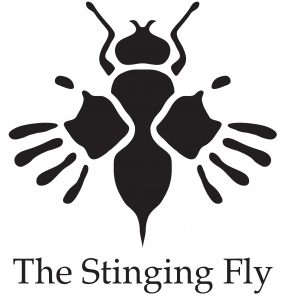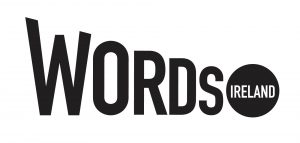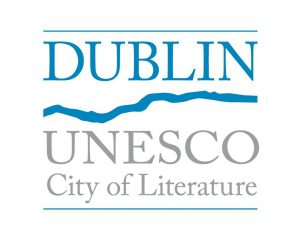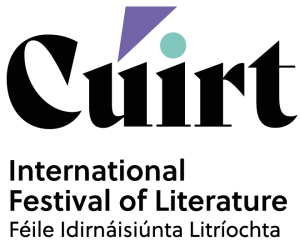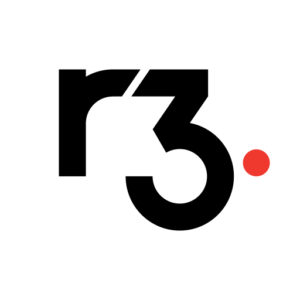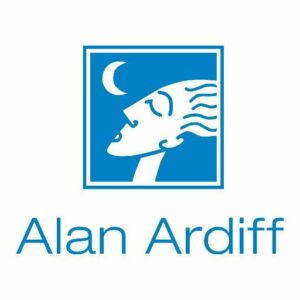
Meridian: Contemporary Art Criticism with Jennie Taylor in association with The Hugh Lane Gallery
Info
Date: May 30, 2023
Time: 6.30 pm - 8.30pm (except where stated)
Duration: 6 Weeks
Cost: €165/150
Online or In-Person? In-Person
Course Summary
This course is part of the Irish Writers Centre’s Meridian series of creative and professional development activities for professional writers, and also for those emerging writers who are ready to take the steps towards making a career in writing. Read more about this initiative here.
An introduction to key strategies and approaches to reviewing contemporary art exhibitions, this course will focus on examples of temporary exhibitions currently on show at the Hugh Lane Gallery. Over the six weeks, participants will learn how to closely look, examine, question, reflect, contextualise and critique contemporary art. The course will be situated in a broad context of recent history of art criticism while mindful of its possible limitations and allowing space to carve out creative thinking within a traditional exhibition review format.
Course Outline
Participants will focus on looking, analysing and forming opinions on contemporary art.
Week one
Tuesday 30 May
5.00 – 5.45pm: Tour of the exhibition Richard Gorman, Living Through Paint(ing) with art lecturer Aoife Convery.
6.30 – 8.30pm: Looking and Seeing
This session will briefly introduce contemporary art criticism followed by discursive and writing exercises with a focus on the formal and aesthetic properties of the exhibition.
Week two
Tuesday 6 June
6.30 – 8.30pm: Contextualise
For this session, participants will be introduced to ways of applying art historical and contemporary contexts which will be treated as tools to support writing art criticism.
Week three
Tuesday 13 June
5.00 – 5.45pm: Visit to the exhibition Reconstructing Mondrian with artist John Beattie
6.30 – 8.30pm: Respond
In this session participants will be encouraged to challenge assumptions and expectations of art and identify their own responses to both exhibitions through discursive and writing exercises.
Week four
Tuesday 20 June
6.30 – 8.30pm: Critique
To explore ways to articulate analysis of artworks, this session will focus on practical methods including style guides, terminology and structure.
Week five
Tuesday 27 June
6.30 – 8.30pm: Formulate
Participants will learn ways to introduce their opinions of the artworks within the format of art criticism.
Week six
Tuesday 4 July
6.30 – 8.30pm: Participants will share their final piece of writing in a discursive setting.
Course participants will be expected to produce one finished piece of writing between 800 – 1,200 words at the end of the course and take part in short writing exercises throughout the course.
Course Outcomes
Participants will learn key approaches and usable guidelines for writing and critiquing contemporary art exhibitions. They will have produced a finished piece of writing which will sit under the category of art criticism. Throughout the course, they will learn more about specific contemporary art practices, a brief history of art criticism and examples of art historical and contemporary contexts which can be useful when situating art criticism within wider discourses. The overall aim of the course is to gain confidence in writing short critiques and reviews of contemporary art. Participants will also learn how to incorporate their own voice and literary style within their approach to critiquing art.
Jennie Taylor is an arts and fiction writer. Her work includes speculative art history, flash fiction and
art criticism. Her practice draws from particle physics, auto theory and micro-histories. She writes
fictional narratives about material properties of art objects and situations. Her work seeks to write
invisible histories, materials and subjectivities in experimental and engaging narratives. She adopts
literary strategies to match and encourage the subjects of her texts. Through uses of art writing,
fictioning and speculative storytelling, her work aims to build a mosaic of textual gestures to take up
space in subtle and effective ways, acting as microscopic and lasting forms, troubling existing
histories and dominant identities.


